Maturity
The beginning of the 19th century finds Lisbon occupied by Napoleon’s troops that sack the city & destroy many properties. The ominous inauguration did not seem to have an effect in the grandiose architectural style that became the norm after the end of the Pombaline administration, evident in buildings such as the Basílica da Estrela, the Teatro Nacional de São Carlos,the Palace of Ajuda & the National Theatre of Maria II in the heart of Rossio Pombalino.


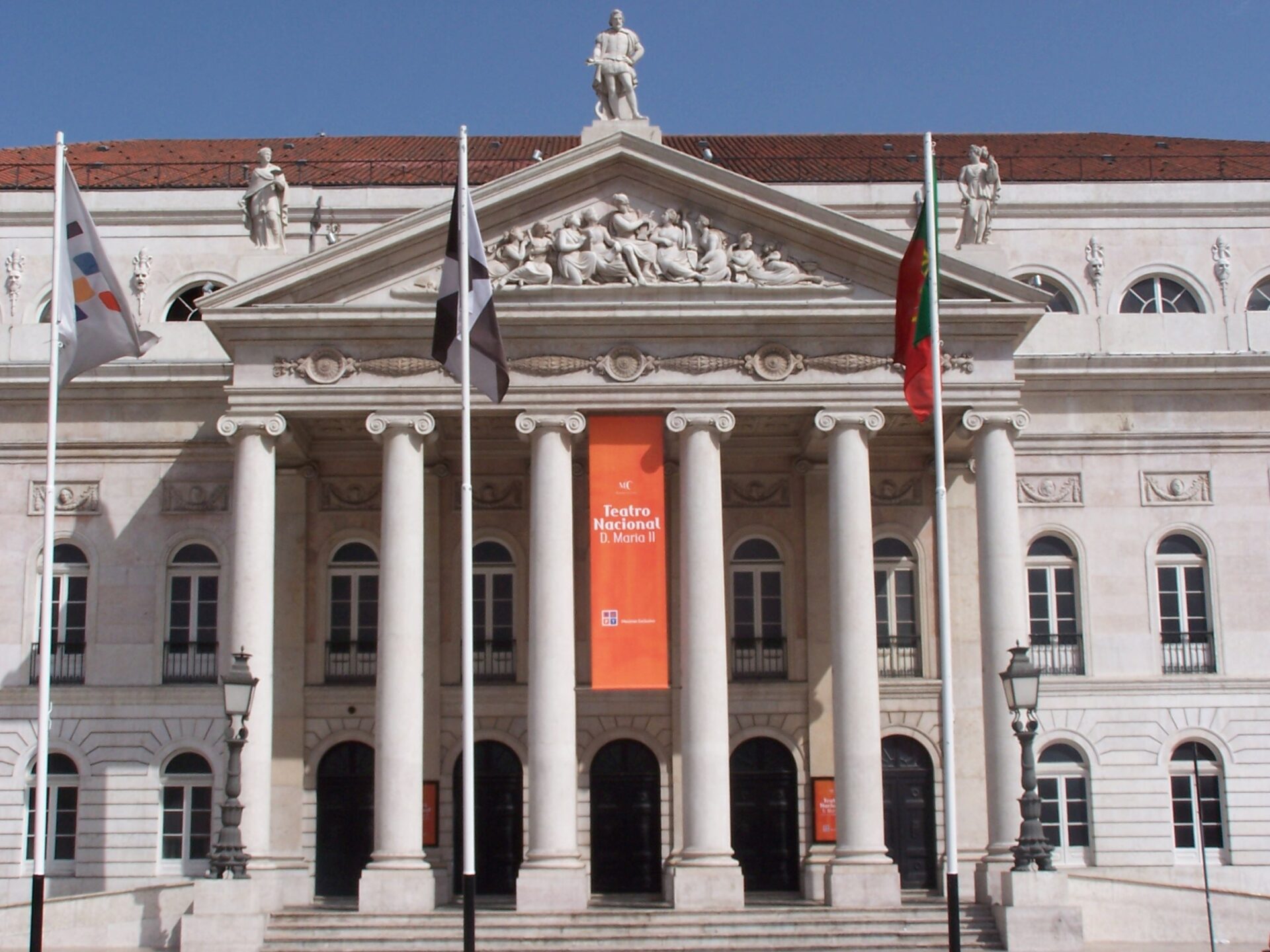
The limits of the city become successively extended in homocentric circles, the center being Baixa (Pombalina). New charming gardens like the Miradouro de São Pedro de Alcantara, the Estrela Gardens and the Principe Real Gardens sprout in different areas of the capital, giving it a much needed naturalistic breath while Avenida da Liberdade is built in 1879 developing a new district that distances itself from the river.



The most important events that shaped the city’s life in the 20th century were also the ones that shaped the country’s modern history. First & foremost the Revolution in 1910 which deposed the constitutional monarchy, that had already suffered a mortal blow 2 years earlier with the Lisbon Regicide and the assassinations of King Carlos I of Portugal and his heir-apparent, Prince Royal Luís Filipe by two republican activists on February of 1908 in Praça do Comércio.



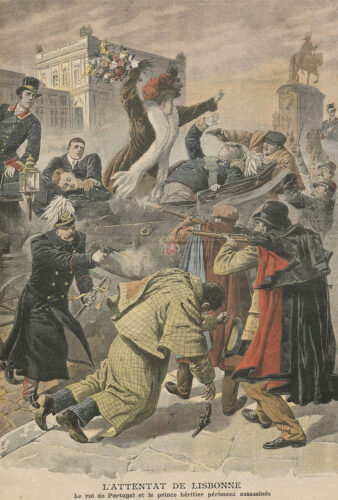
The first Portuguese republic was proclaimed by the members of the republican party, from the balcony of the Paços do Concelho (Lisbon City Hall) in Praça do Município on October 5th, 1910, after two days of military skirmishes between rebelled soldiers and armed republicans on the one side & government forces on the other.
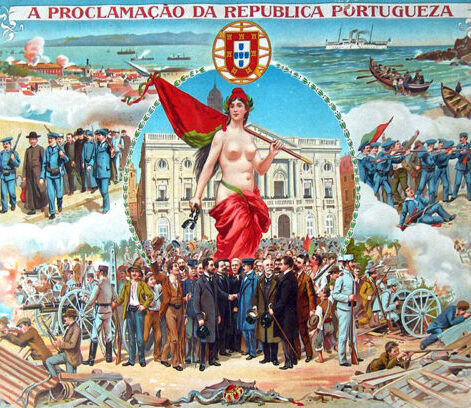


A second revolution, this time anti-republic would put an end to a period that had proved to be an overall unfortunate attempt to solidify a democracy in the country, sullied by corruption, judicial usurpation & civil disorder. The military coup d’état of May 28th 1926 would impose the Ditadura Nacional (National Dictatorship) that would last until 1974.
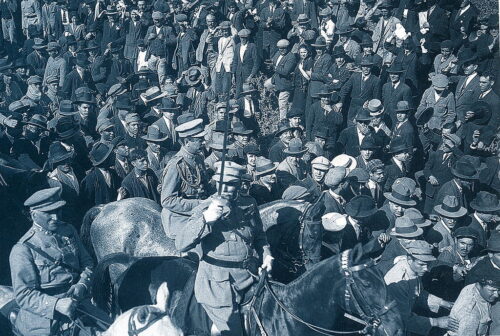


After half a century of a conservative & authoritarian regime that would be mostly affected by the decisions of one man, António de Oliveira Salazar who served as Prime Minister for 36 years, from 1932 to 1968, the so-called Estado Novo (New State) collapsed on April of 1974, when a group of low-ranking, left-wing Portuguese military officers who opposed the regime’s colonial war raging in Africa for more than 10 years, decided to carry out a coup in order to overthrow the government.
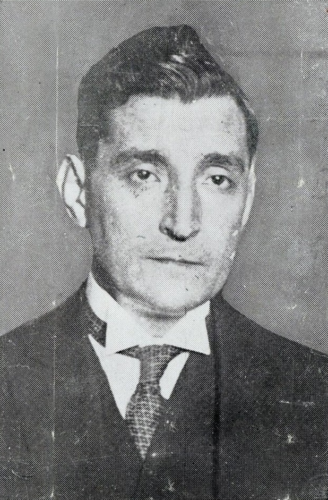


Public discontent over the regime’s policies had surged to be a common denominator in every layer of the Portuguese society over the years, although it was not publicly or massively expressed until the day the Movimento das Forças Armadas (MFA, “Armed Forces Movement”) decided to make a move in Lisbon. The movement was spontaneously embraced by the people of the capital who flooded the central streets & squares on April 25th 1974, despite radio warnings to stay in the safety of their home.


Lisbon flower market abundant in spring carnations would provide the soldiers participating in the insurgence, with the symbol that was meant to mark the day that would usher the country in the third (current) republic. The Carnation Revolution is celebrated every year as a national holiday, while the Salazar Bridge inaugurated on 6 August 1966, would be renamed as the 25 de Abril Bridge.



In the beginning of the 1980’s the Portuguese capital had reached a population of more than 800,000. In 1986, Portugal entered the European Union and, twelve years later, in 1998, the city hosted the Universal Exhibition, Expo 98, which transformed the face of the eastern part of the city. The Vasco da Gama bridge inaugurated on April 4, 1998 is the longest bridge in Europe, measuring 17.2 kilometers, of which 10 are over the waters of the Tagus estuary. By the end of the 90’s the metro had branched out to four different lines that connected the edges of the city with its historic center, while in the first years of the 2000’s the city’s two most famous stadiums, the Estadio da Luz and Estadio José Alvalade were inaugurated in order to host some of the games of UEFA Euro 2004 that took place in Portugal.


Today the Portuguese capital has a core population of half a million people and about 3 million in its wider metropolitan areas, a growing economy that represents about half of the country’s total GDP and a tourism industry that attracts about 5 million tourists every year. The largest ethnic groups of foreign permanent residents are Brazilians and Chinese but there is a multitude of international schools in the Greater Lisbon area (American, British, French and German) serving the growing number of foreign expats.


According to a recent study by the American company Cognizant based on data from the World Economic Forum, ESI ThoughtLab and the Global Justice. : “Lisbon was chosen from more than 150 cities around the world, as one of the 21 places of the future”, positioning itself as one of the three European cities that make up the final list. The evaluation concluded that Lisbon is a “sophisticated city”, which stands out for the quality of its universities, infrastructure and security, for its access to private capital, for having a stable local government / administration and for being a sustainable city. Overall Lisbon is a city with a unique footprint where old tradition and ancient history blend together with cosmopolitan culture and economic progress. As is very rightly stated on the city’s official tourist portal, Lisbon is ageless.



